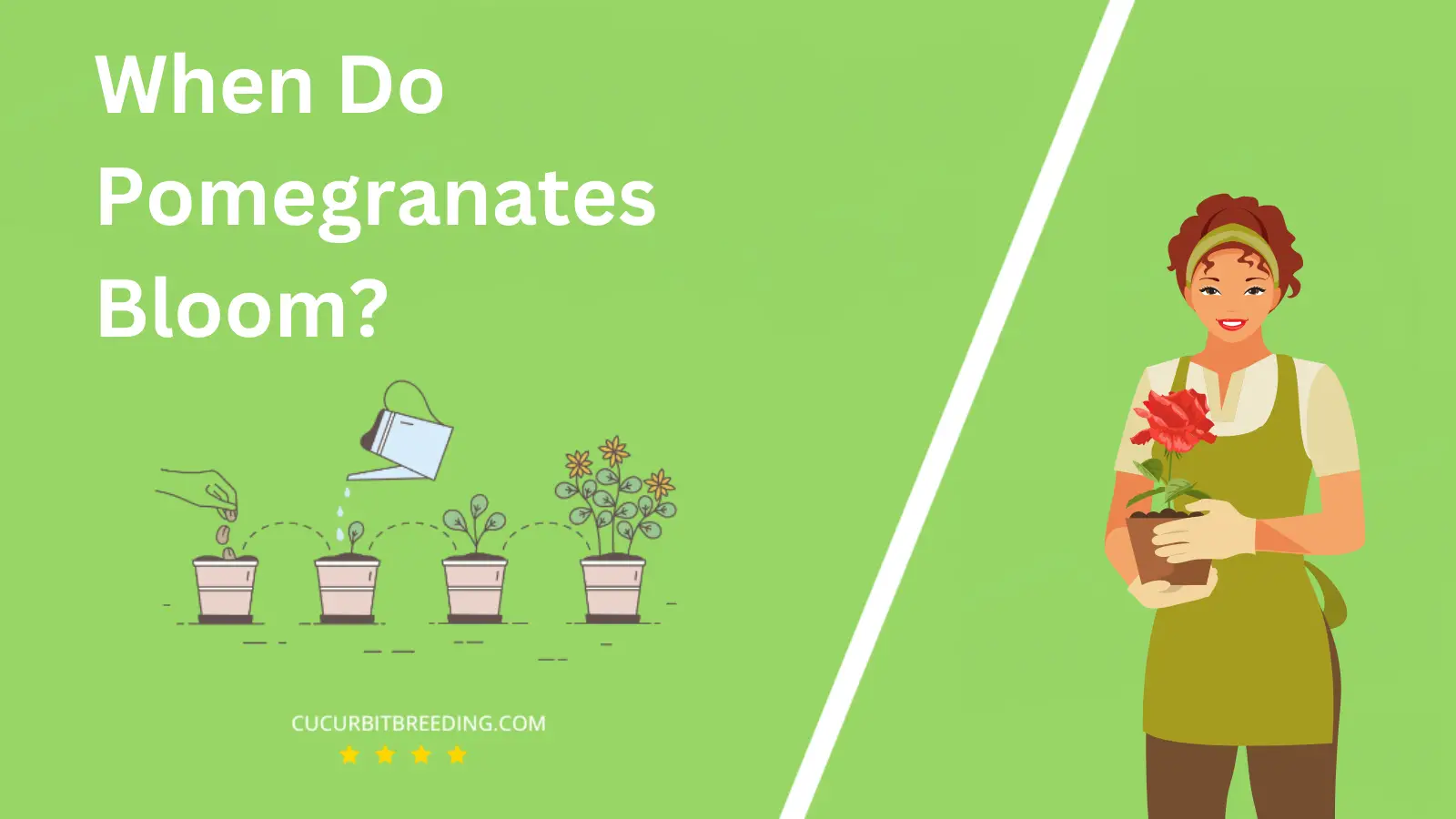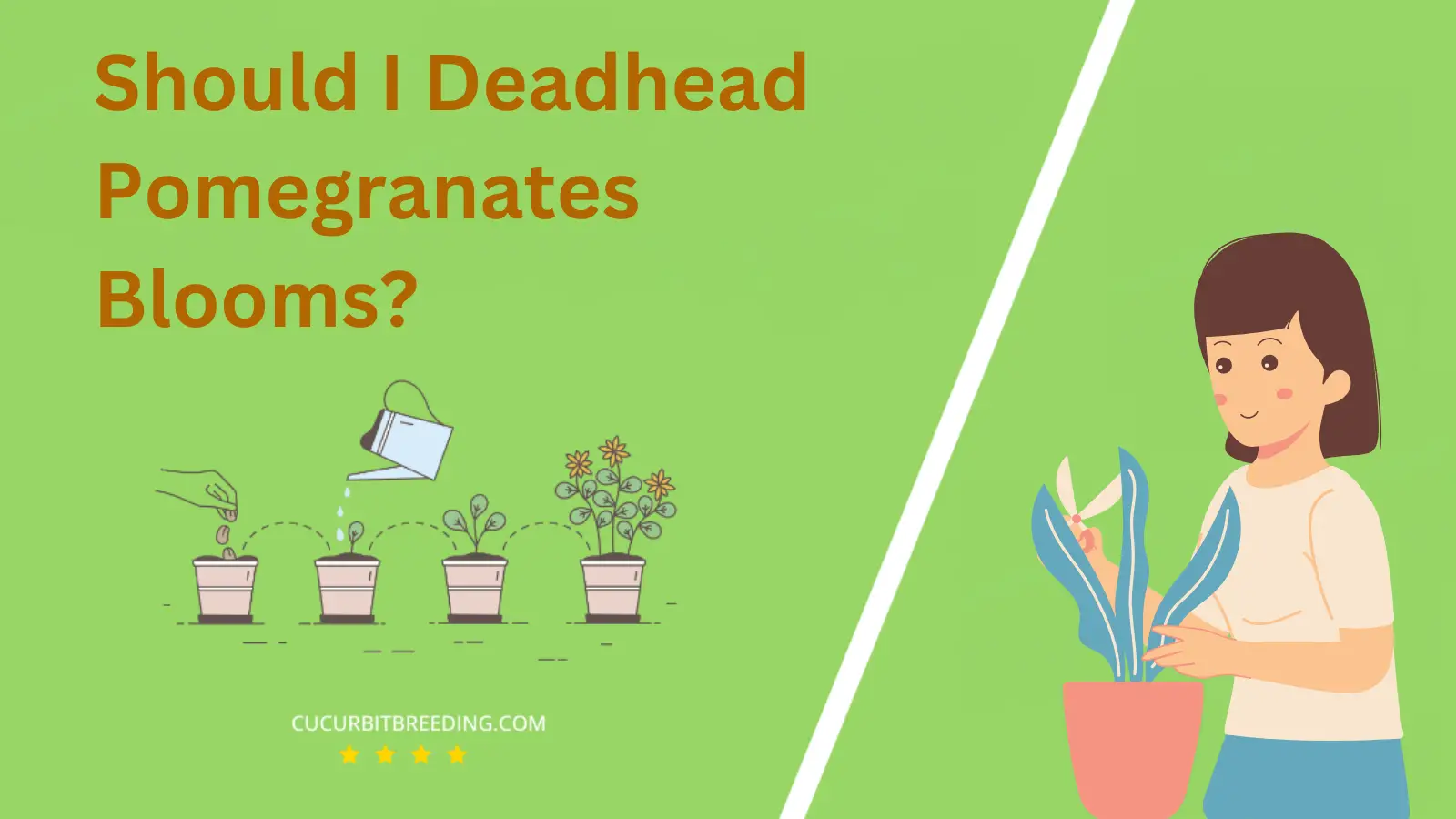
Have you ever wondered, when do pomegranates bloom? This seemingly simple question carries significant importance for horticulture enthusiasts and farmers alike. Pomegranates, with their vibrant blossoms and juicy seeds, have a unique growth cycle that’s a marvel in itself.
Before diving into the specifics, let’s first explore the overall life cycle of this delightful fruit, its cultural significance, and the factors affecting its blooming period.
When Do Pomegranates Bloom?
Pomegranates typically bloom in late spring to early summer. The exact timing can vary depending on the climate and growing conditions. The flowers, which are bright red, orange, or white, appear on the branches of the tree and will eventually develop into fruit if pollinated. So, pomegranates bloom from late spring to early summer.
| Stage | Description |
|---|---|
| Germination | Spring (March – May) |
| Growth | Spring (March-May) |
| Blooming | Summer (June to September) |
| Dormancy | (December to February) |
How Long Do Pomegranates Bloom?
Pomegranate trees typically bloom in the late spring. The blooming period can last for several weeks, often extending into early summer. However, the specific timing can vary based on the local climate and weather conditions. After the blooming period, the pomegranate fruits will start to develop and are usually ready to harvest in the fall.
How Light Affects Pomegranates Blooms?
Pomegranate trees require at least six hours of direct sunlight every day for best flowering and fruiting results. Light is crucial because it stimulates the production of chlorophyll, which aids in photosynthesis – the process by which plants convert light energy into chemical energy. Without sufficient light, pomegranate trees may not bloom as profusely, and their overall health and productivity can be compromised.
Will Pomegranates Bloom the First Year You Plant Them?
No, pomegranates typically do not bloom in their first year of being planted. The tree usually starts to produce flowers in its second year, and it may take even more time before it bears fruit. The process requires patience, as the tree needs time to mature and establish its root system.
Will Pomegranates Bloom Every Year?
Pomegranate trees are perennial and will bloom every year. However, it’s important to note that the tree’s blooming and subsequent fruit production are highly dependent on specific growing conditions. Proper sunlight, watering, and temperature conditions are required for the pomegranate tree to bloom consistently every year. Without these conditions met, the tree might struggle to produce flowers and fruit.

Should I Deadhead Pomegranates Blooms?
Yes, you should deadhead Plumeria in Florida. Deadheading, or the process of removing faded or dead flowers, can encourage the plant to produce more blooms and redirect its energy towards healthier growth. It’s advisable to make clean cuts at an angle, close to the stem, to prevent disease and rot. Always use sharp, clean pruning tools to avoid causing damage to the plant.
Top Reasons a Mature Pomegranates May Stop Flowering

A mature Plumeria in Florida may stop flowering due to a variety of reasons. Insufficient sunlight is a common cause, as Plumerias need at least six hours of full sun each day to bloom.
Improper watering can also lead to a lack of flowers. Overwatering can lead to root rot, while underwatering can cause the plant to become stressed and stop producing blooms.
Another potential reason is lack of proper nutrients. Plumerias require a high phosphorus fertilizer to encourage blooming. If they are not receiving enough of this nutrient, they may not produce flowers.
Lastly, disease or pest infestations can cause a Plumeria to stop flowering. If the plant is struggling to fight off an illness or insects, it may divert energy away from blooming to focus on survival.